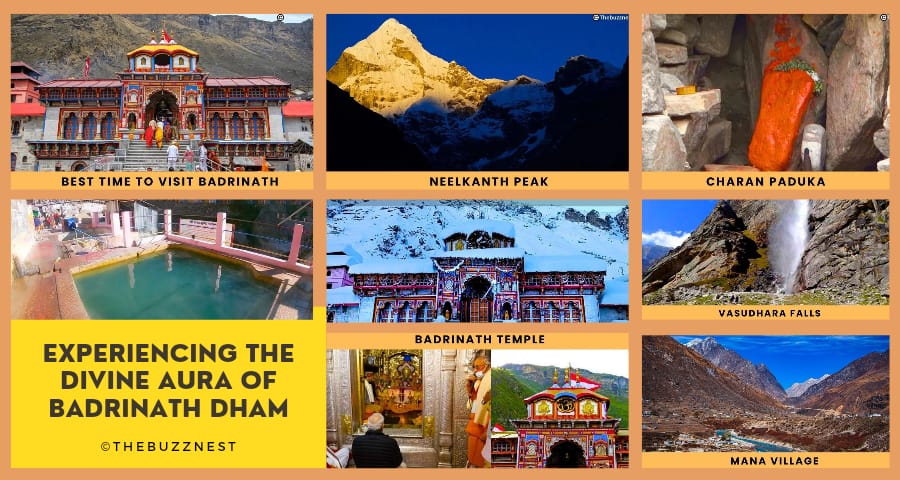Where divinity meets nature, the mind meets awakening, and the soul meets inner peace, That’s Badrinath Dham for you. Located in the magical Himalayas, Badrinath Dham is one of the most spiritually significant places in India. This ancient pilgrimage site is dedicated to Lord Vishnu. It attracts thousands of devotees and travelers every year. You can not be unamazed by its beauty and spiritual aura. Let us take you on a journey through the wonders of Badrinath Dham.
The Story Behind Badrinath Dham
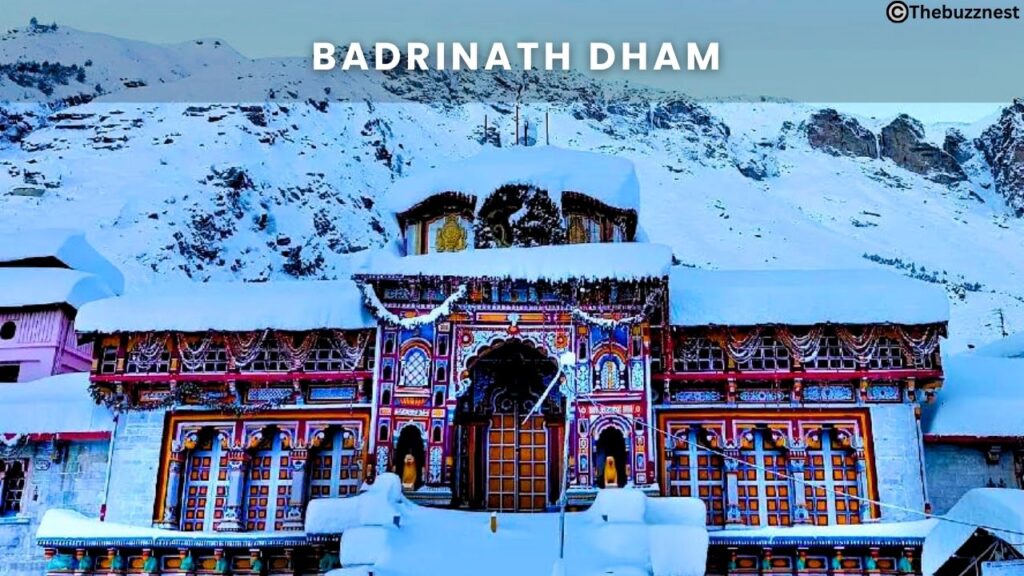
Badrinath is one of the four Char Dhams, along with Dwarka, Puri, and Rameshwaram. This makes it a very important destination for devotees seeking blessings. The most popular story tells us about Lord Vishnu’s penance in Badrinath. It is said that Lord Vishnu, seeking a place for meditation, chose the Badrinath valley, which was then a vast expanse of wild berries called “Badri.” This is why the place came to be known as Badrinath.
Another fascinating story involves the great sage Narada. It is said that he was finding Lord Vishnu, who was immersed in deep meditation. He felt immense devotion and sang praises, which eventually led to the establishment of this holy site. Exciting right?
Places to Visit in Badrinath Dham
Badrinath Temple
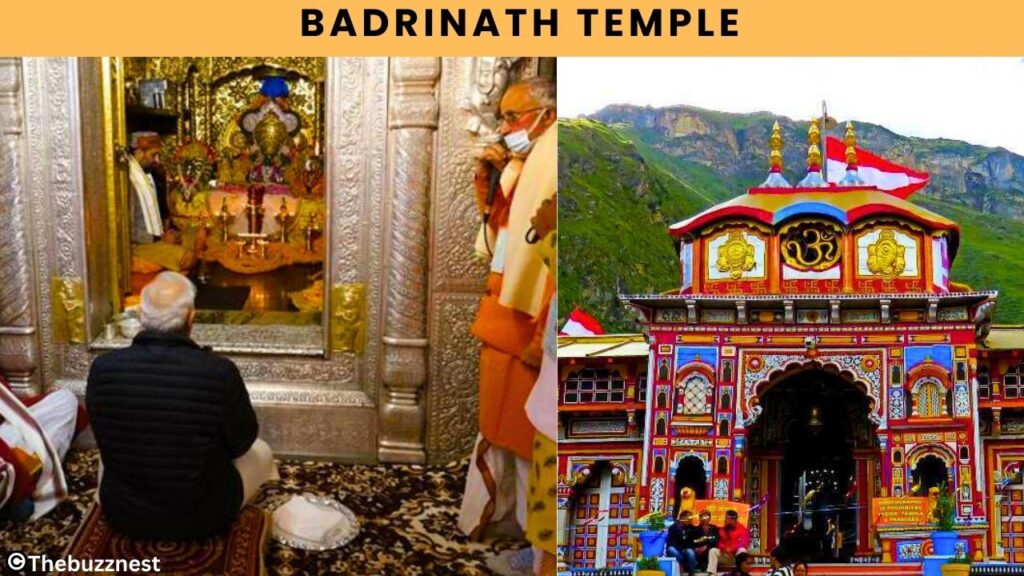
The main attraction is, of course, the incredible Badrinath Temple. Located high up at 3300 meters, this temple is something out of a dream. Intricate carvings and vibrant colors adorn the temple’s front. Just looking at the temple will take your breath away; it is that beautiful. Inside the temple, there is an idol of Lord Badrinath, which is made from black stone known as Saligram. The idol is so powerful and magical. None of your prayers go unlistened to by Lord Braninath here. The whole place has a calming vibe that fills you with peace and hope.
Tapt Kund

Just below the Badrinath Temple is Tapt Kund. It is a natural hot spring where devotees take holy dips before entering the temple. Do you know that this spring is believed to have medicinal properties as well? It is considered that by taking the dip in this spring, the diseases seem to heal. Tapt Kund is considered sacred by devotees all over the world.
Mana Village
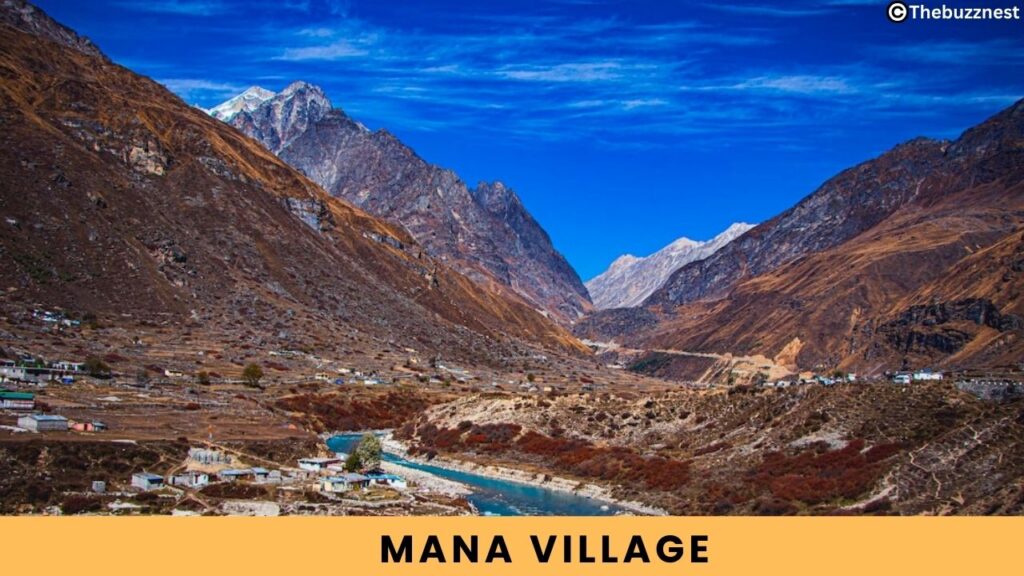
Do you know which is the last Indian village? Yes, it’s Mana. Just a short distance from Badrinath, there is Mana. It is the last Indian village before the Tibet border. This village offers a glimpse into the lives of local Bhotiya people and their unique culture. This village is very famous for the Vyas Gufa and the Ganesh Gufa. It is believed that Sage Vyasa composed the Mahabharata with Lord Ganesha here itself. Dont forget to visit Mana if you are on your trip to Badrinath.
Vasudhara Falls
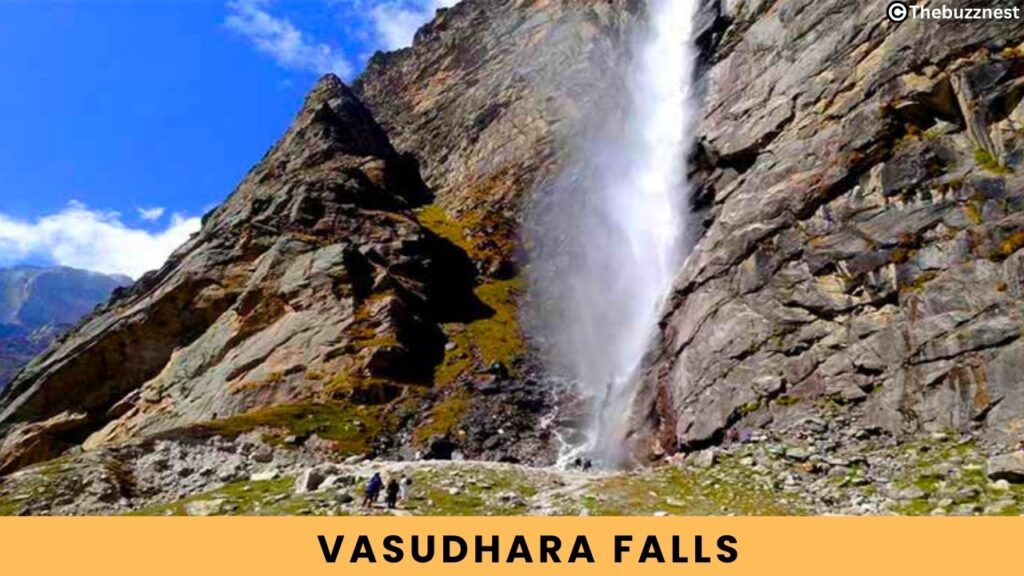
For all those who love trekking, a visit to Vasudhara Falls is a must. The trail to Vasudhara Falls from Mana village is around 6 kilometers. The trek offers breathtaking views of mountains and valleys. The falls fall from a height of 400 feet. It is a sight to behold and will add a star to your trip. You just can’t miss visiting this place.
Charan Paduka
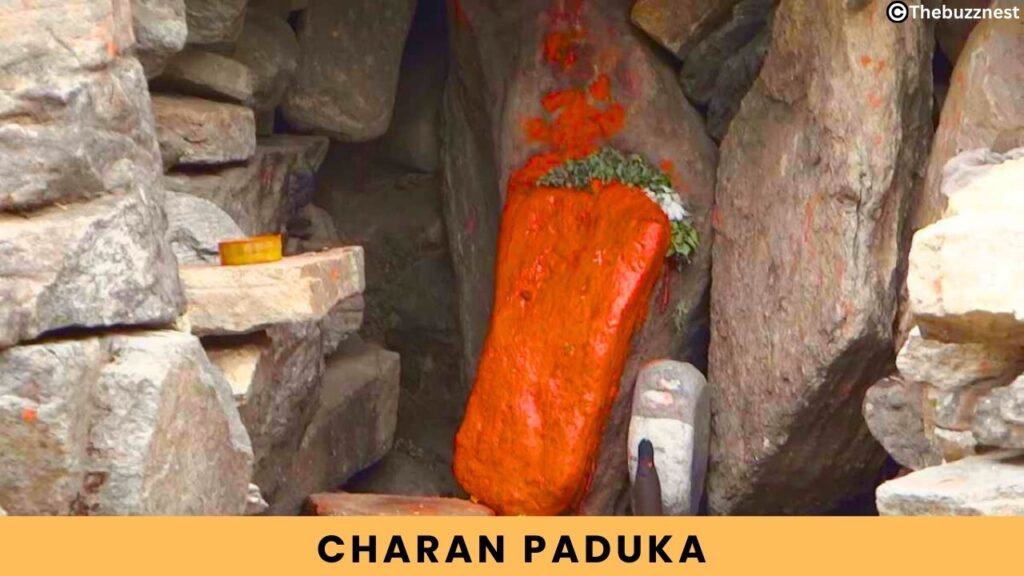
Just a 3-kilometre trek from Badrinath, there is Charan Paduka. It is a rock with the footprints of Lord Vishnu. Devotees yearn to see the footprints of the Lord with utmost dedication. This site is not just of religious significance but also offers paranormal views of the beautiful valley below. This place is a must-visit if you are also a fan of beautiful views.
Neelkanth Peak
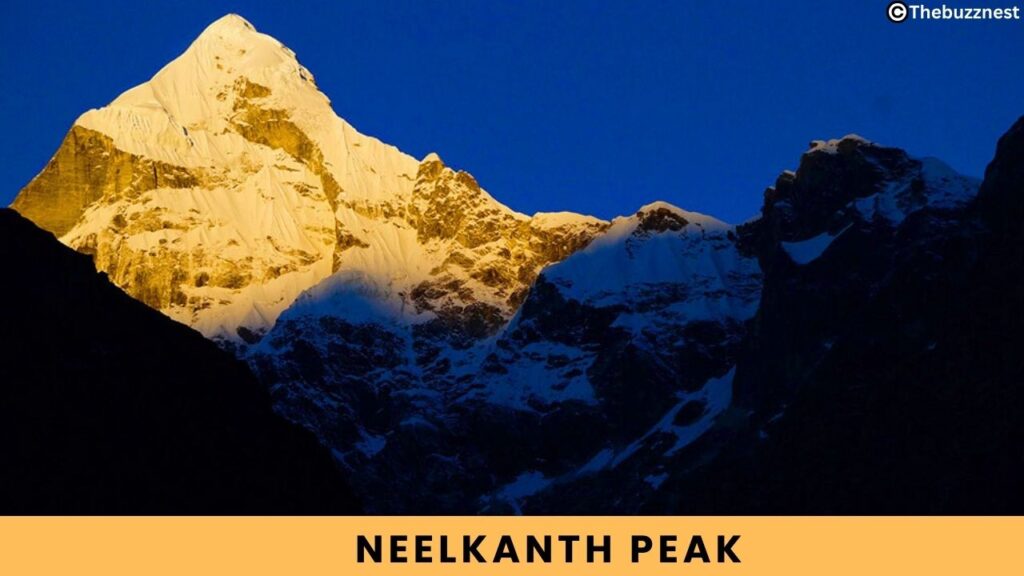
This Peak is named after Lord Shiva. This place is often referred to as “Garhwal Queen” due to its magical presence. This snow capped peak stands high at 6597 meters. This forms a magnificient bakdrop for Badrinath. Watching the sunrise over this peak is truly a worth watch experience.
How to Reach Badrinath
Getting to Badrinath is an adventure in itself. Here’s how you can reach this heavenly abode:
- By Air: The nearest airport to Badrinath is the Jolly Grant Airport in Dehradun, which is about 311 kilometers away. From the airport, you can hire a taxi or take a bus to Badrinath. Helicopter services are also available from Dehradun to Badrinath during the pilgrimage season.
- By Train: The closest railway station is Rishikesh, approximately 293 kilometers from Badrinath. From Rishikesh, you can hire a taxi or board a bus to Badrinath. Another option is the Haridwar railway station, which is well-connected to major cities and is about 318 kilometers away.
- By Road: Badrinath is well-connected by road to major towns and cities in Uttarakhand. Regular buses and taxis are available from Rishikesh, Haridwar, Dehradun, and other nearby towns. The journey by road, though long, offers mesmerizing views of the mountains, rivers, and valleys.
You know what! Libras have this amazing knack for appreciating beauty in every possible form. Check out the article to know more
Best Time to Visit Badrinath Dham
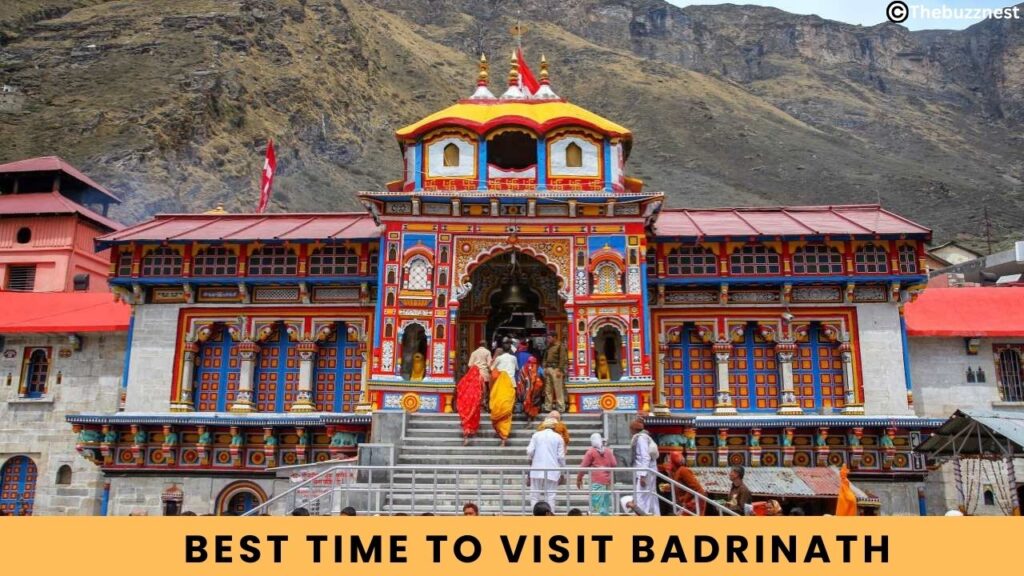
Badrinath is accessible for a limited period each year due to its high altitude and extreme weather conditions. The best time to visit is from May to October, when the weather is pleasant and the roads are open. The temple usually opens in late April or early May and closes around the third week of November. During these months, the temperature ranges from 5°C to 18°C, making it ideal for sightseeing and pilgrimage. The monsoon season, from July to September, brings heavy rainfall, which can lead to landslides and roadblocks, so it’s best to avoid this period.
Want to start a healthy meal routine but don’t know how to? Lets have a look at the 7-Day Sample Menu for a healthy meal routine!
The spiritual energy of Badrinath Dham, combined with its natural beauty, makes it a place like no other. Whether you are a devout pilgrim or an avid traveler, Badrinath Dham offers an experience that touches the soul and leaves you yearning for more. Badrinath Dham is a destination that encapsulates the essence of spirituality, natural beauty, and adventure. Its rich history, captivating legends, and serene environment make it a must-visit for anyone seeking peace, enlightenment, and a connection with nature. If you ever get the chance, I wholeheartedly recommend embarking on this journey to the heart of the Himalayas.

